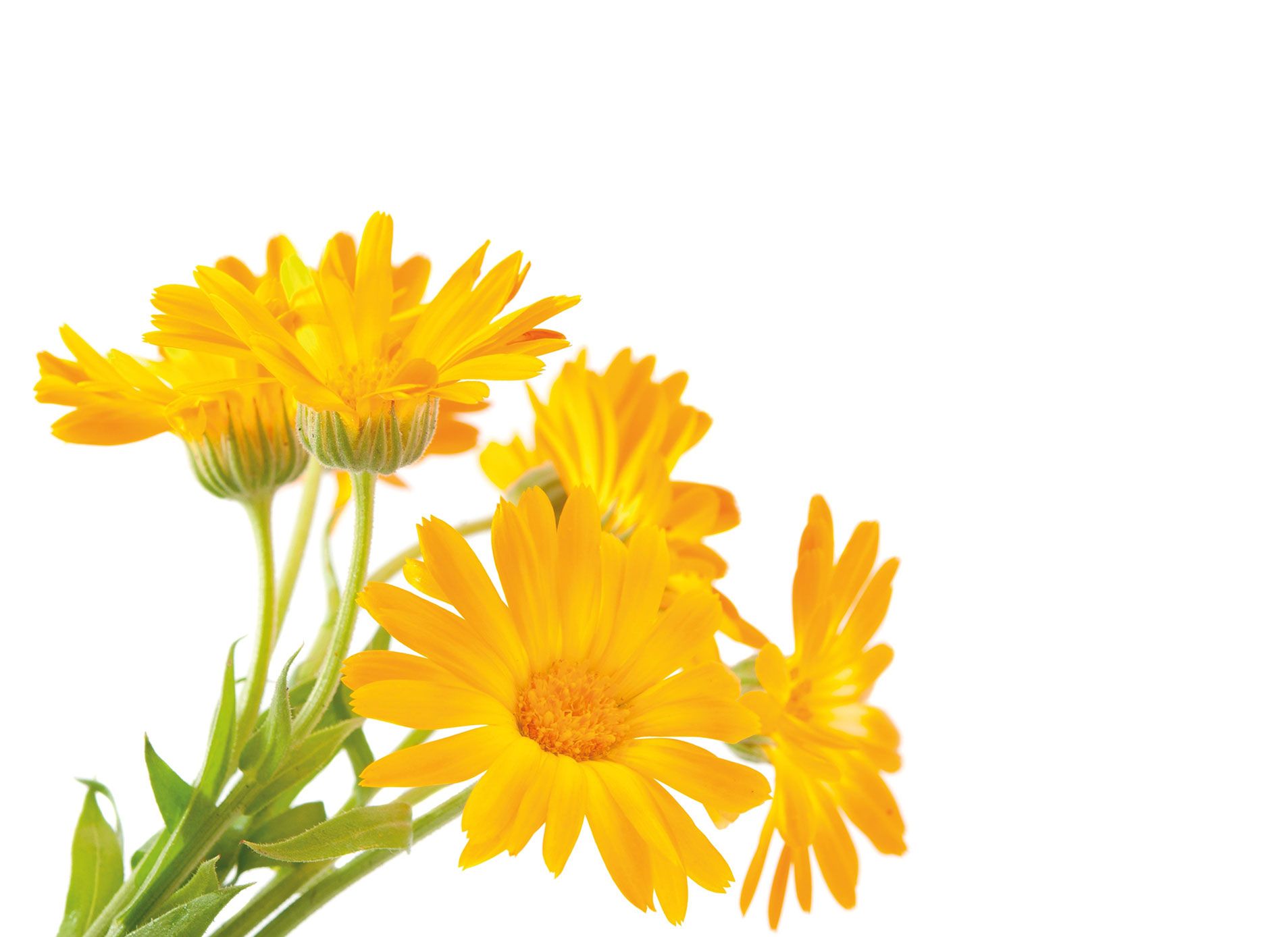Edible flowers elevate a dish—both in terms of flavour and aesthetics
We tend to only notice them when they adorn the twee plates of food at fine dining restaurants. Pansies, violets, rose petals and marigold—artfully strewn around a pastel-hued dessert or a gleaming morsel of fish, urging us to whip out our camera phones to document their beauty for Instagram posterity.
The use of edible flowers seem modern and out of the ordinary, yet they have been a culinary tradition for thousands of years—think orange blossom and rose waters of the Middle East, marigold salads of the ancient Greeks and Romans, dandelions of Biblical times, and the chrysanthemum teas of China and Japan.
(Related: 4 Rebels With A Cause)

The Victorians candied flowers and used them to decorate desserts. Audiences at Renaissance-era plays sipped rose petal water, and the Americans have long used red clover blooms to fight coughs and colds.
Eating flowers is not unusual. We’ve all noshed on Nyonya desserts made with blue pea flower-stained rice, the spicy banana blossom salads that hawkers ply on the streets of Thailand, the ricotta-stuffed zucchini blossoms at our favourite Italian trattorias. That broccoli salad you ate yesterday? Or that cauliflower steak you grilled in the name of clean eating? All flowers.
Yet we often forget to take a moment to savour what is really the height of garden-to-table eating.
Flowers, in all their delicate construction, must be consumed almost as quickly as they are picked and must not have been treated with chemicals. This alone makes their commercialisation on a large scale impossible. But they are an undeniably lovely way to bring a sense of nature to the dishes we create. By growing them in easy-to-manage pots and planters at home, they make for a great way to brighten our day and teach children about where food can come from.
(Related: How To DIY Your Own Bouquet, According To NYC-based Florist Duo Putnam & Putnam)



